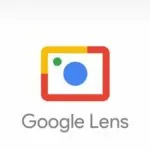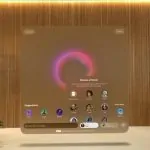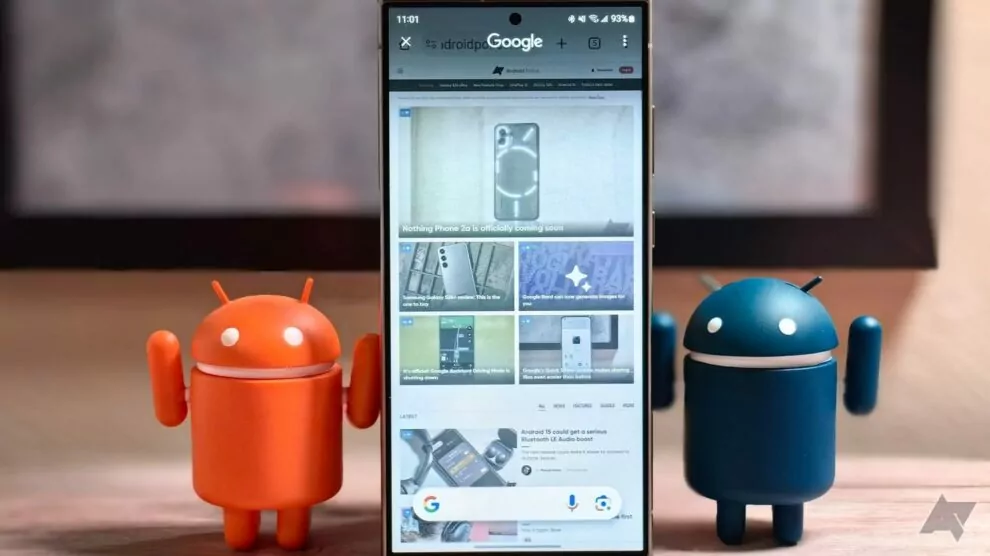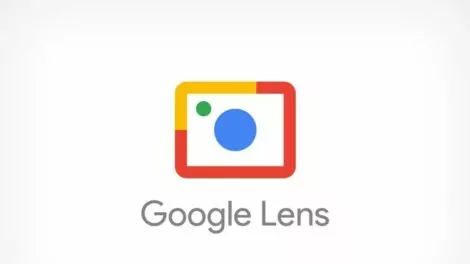Google’s perpetual Android iteration continues, this time with “Circle to Search” promising users convenient contextual app analysis. But botched introduction leaves many questioning the new back-of-hand gesture as progress.
As an early adopter struggling through clumsy misfires and limited app integrations, my patience has already worn thin. Let’s analyze this polarizing new navigation behavior – from its goals to flaws to uncertain reception.
What is Circle to Search?
Circle to Search aims to build upon Android’s screen inspection capabilities previously seen in the discontinued “Now on Tap” feature.
By swiping up small circular motions on the bottom gesture navigation bar, users trigger an AI-powered analysis of the current display contents.
Google Assistant then surfaces presumed relevant information and quick actions to choose from based on screen parsing without having to fully invoke search or swap apps.
Theoretically, this grants rapid contextual app utility. But does theoretical potential match real world implementation?
The Convenience Conundrum
No doubt, Circle to Search promises enticing productivity convenience. Need instant details on an unfamiliar caller or song playing? Want to quickly translate text while reading without switching screens?
Swiping to summon suggestions without losing visual context or app focus should simplify countless smartphone tasks.
However in actual practice, this streamlined workflow falls painfully short, offering only sporadic reliability and unwanted triggers from the poorly conceived activation gesture.
Activation Gesture Woes
The fatal flaw thus far lies in the activation itself – that small circular finger swipe along the bottom edge.
This gesture along the navigation bar risks confusion with standard swiping actions like going back or multitasking.
As such, accidental triggers prove inevitable. Few things prove more irritating than your email app or article unexpectedly vanishing thanks to an errant swirl overshooting its mark.
The touch target area envelops too much valuable screen estate already occupied by essential controls. User intent recognition lacks enough precision for comfort.
Search Scope Limitations
Frustrations around Circle to Search extend beyond just distracted gestures. Even when activating as intended, functionality feels quite limited in practice.
While screen context analysis works sufficiently in some apps like Chrome, plunging deeper with app specific actions falls flat.
Now on Tap previously surfaced tailored functionality recognizing which app canvas showed. Want to quickly email a page from your browser or add an unknown track in Spotify? No problem.
But today’s Circle to Search iteration relies solely on surface level visual data. No elaborate app specific integration exists limiting suggestions to rudimentary lookups or searches.
This leaves power users longing for tighter first party app support and functionality unlocking Circle to Search’s true potential.
iOS & Wear OS Execution Contrast
Compared to feature analogous alternatives on iOS and Wear OS devices, Android’s Circle to Search shortcomings become starker.
On Watch OS, force pressing surfaces brilliantly designed context menu radials. Selections elegantly toggle Wi-Fi, start navigation, call identified contacts and more.
Likewise on iOS 16, long pressing image previews with Visual Look Up alternatively offers app shortcuts like translation alongside smart cut and paste.
Circle to Search trails considerably regarding intuitive activation and tailored functionality depth.
And given Google stewards both Android and Wear OS, the difference in execution raises eyebrows.
Community Reception Trends Negative
Given the clumsy introduction, frustration amongst Android loyalists comes as no surprise. Early social channels reactions trend overwhelmingly negative.
Some do highlight niche use benefits, like quick song IDs while listening.
However most posts echo exasperation stemming from the constant unwanted triggers as touch targets encroach too far.
Many call for the feature’s removal outright if robust corrections don’t arrive rapidly. A few even herald the return of Now on Tap thanks to perceived regression.
While Google garners praise for some Android 13 enhancements, Circle to Search universally draws user ire.
Refinement Required Before Realizing Potential
There’s no denying the motivation behind advancing contextual screen analysis into a quick gesture holds promise on paper.
But realization today falls embarrassingly short thanks to distraction prone activation and shallow app integration.
Before Circle to Search can escape its gimmicky stage, Google must address these two funnel points.
Specifically, redraw activation zones limiting interference with existing behaviors and introduce app specific modules unlocking functionality far beyond crude lookups.
Assuming Google makes these refinement priorities, long term potential still exists to streamline smartphone productivity via smart gestures and surface assistants.
A Familiar Conundrum for Google
Unfortunately, the fumbling introduction of Circle to Search proves all too representative of Google’s chronic product rollout struggles.
Like Google Glass long ago, the core AR concept felt promising but awful execution doomed mainstream viability for years.
And scrapping popular services like Reader reminded users that even beloved Google offerings fail safe harbor from abrupt cancellation.
Circle to Search risks joining these ranks unless swift and decisive cleanup addresses clunky impact points undermining fundamentals.
Otherwise, Google may find itself backpedaling from yet another product flub eroding confidence despite sound initial vision.










Add Comment